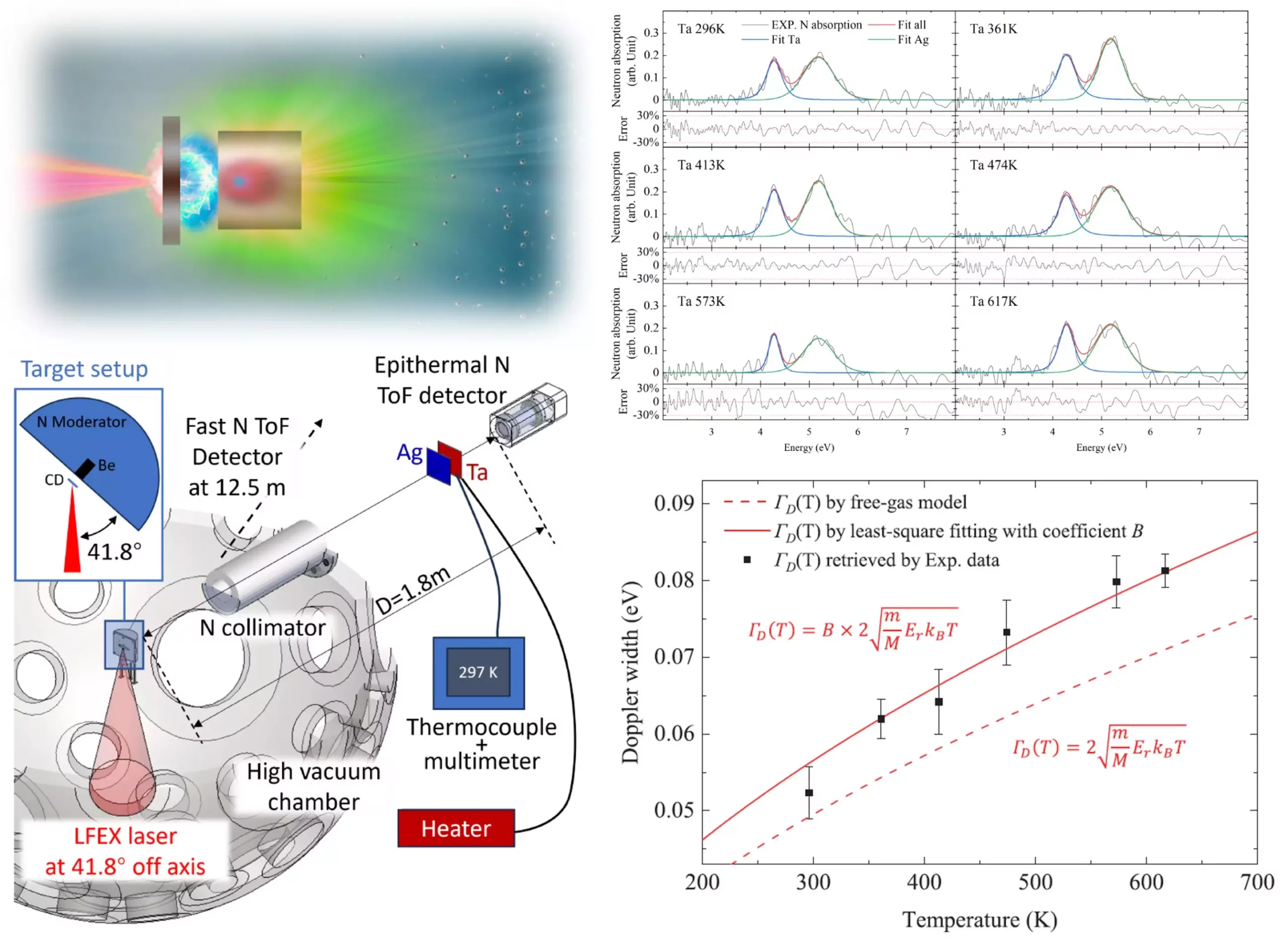In today’s fast-paced technological landscape, the reliability and efficiency of electronic devices are paramount. From smartphones to electric vehicles, the intricate components that power our lives require meticulous monitoring to ensure optimal performance. One of the critical factors that underpin this performance is temperature — understanding how it affects various elements inside these devices is essential. Traditionally, measuring temperature within electronics has posed a significant challenge, as existing methods often lack speed and accuracy. However, recent advancements from Osaka University may change this narrative, introducing a pioneering technique that employs neutrons for precise and instantaneous temperature measurements.
Breaking New Ground with Neutron Resonance Absorption
Osaka University’s research team’s breakthrough lies in a method known as neutron resonance absorption (NRA). By harnessing the unique properties of neutrons, this technique opens up new avenues for scientists and engineers to glean essential information about electronic materials’ temperatures. The process begins with high-intensity laser beams generating neutrons, which are subsequently decelerated to low energy levels before interacting with the material samples. This approach not only provides a direct measurement but also does so with speed previously unattainable. The research demonstrated that even minute temperature fluctuations can be detected almost instantaneously, offering insights that engineers can utilize in real-time.
The Implications of Real-Time Temperature Monitoring
Imagine being able to monitor temperature changes in electronic devices in real-time, detecting anomalies before they become catastrophic failures. The implications of this unique measurement technique are vast. For instance, in high-stakes applications like aerospace, where equipment failure can lead to disastrous outcomes, being able to assess temperature with such precision could enhance safety protocols significantly. Additionally, semiconductor manufacturing — a field where minute variances can lead to significant quality control issues — could benefit immensely from this real-time monitoring.
Furthermore, understanding the thermal dynamics within batteries under various operating conditions is crucial as we transition to a more electrified world. Batteries are known to exhibit performance degradation due to temperature fluctuations, and having a mechanism to study this phenomenon could foster the design of safer, more robust energy storage solutions.
A Non-Destructive Approach to Temperature Measurement
One of the standout features of this new method is its non-destructive nature. Traditional temperature measurement techniques can sometimes alter the materials they are meant to evaluate. However, the NRA approach maintains the integrity of the samples, allowing for extensive experimentation without compromising the materials involved. This non-intrusive feature makes the technology particularly appealing for ongoing research and development efforts, where preserving the original state of materials is crucial for accurate data collection and analysis.
Portability and Accessibility: A Long-Term Vision
Another notable aspect of this research is the compact size of the measurement device. At about a tenth of the size of existing systems, this newly developed apparatus enhances laboratory access. Smaller devices reduce not only the cost of transitioning to this advanced technology but also facilitate widespread adoption across diverse research institutions. This means that more laboratories will be equipped to conduct cutting-edge investigations into thermal properties, further accelerate innovation within the electronics sector and contribute to the collective knowledge that drives the industry forward.
In an era where electronics dictate the rhythm of modern life, innovative techniques such as neutron resonance absorption can redefine our understanding of material science and temperature dynamics. This new approach not only promises to enhance the functionality of devices but also equips engineers with the tools necessary to push the boundaries of what’s possible. By closely monitoring operating conditions, identifying potential issues before they escalate, and maintaining the integrity of materials, we stand on the cusp of a new age in electronics — one characterized by safety, efficiency, and extensive technological advancement. The journey ahead may very well be transformative, heralding breakthroughs that could shape the future of electronic design and application.

